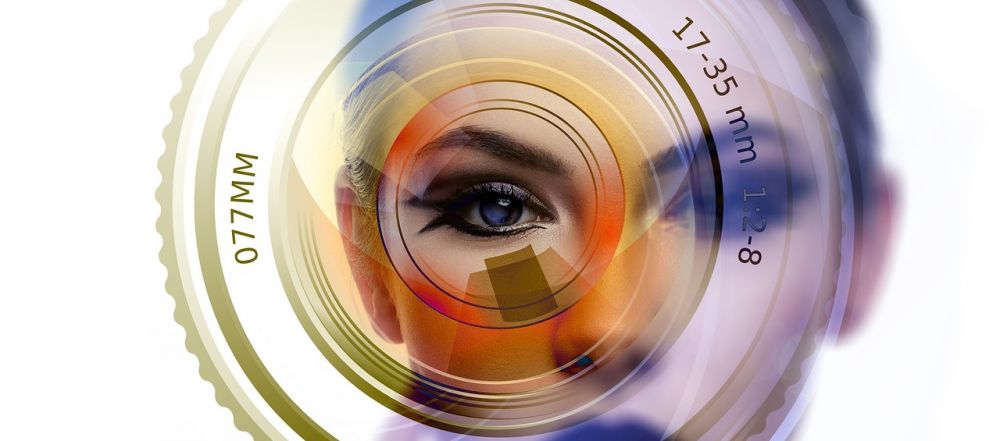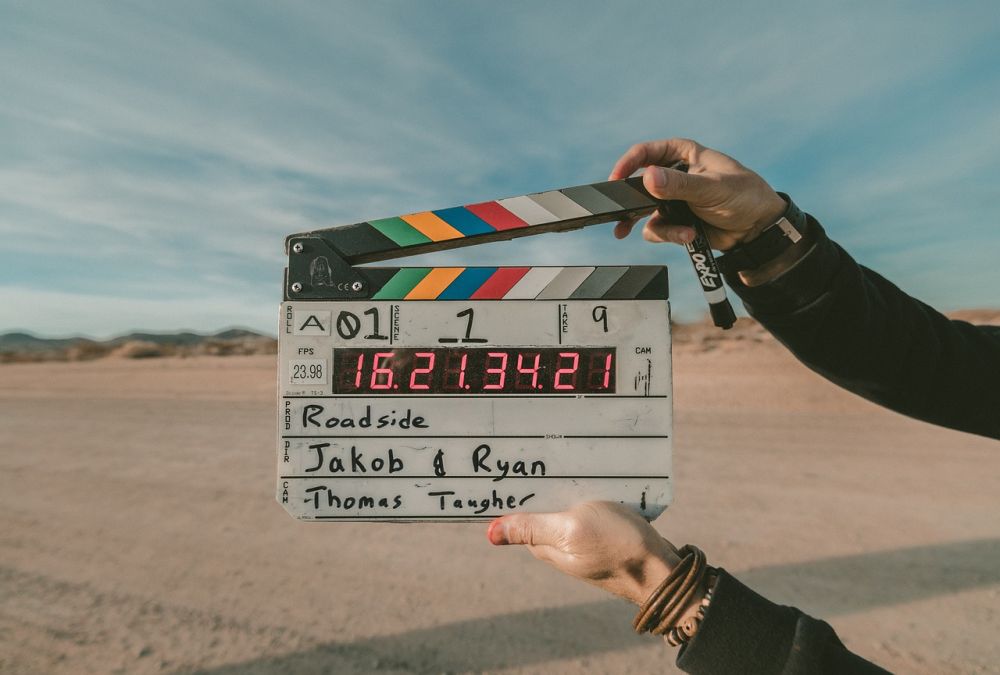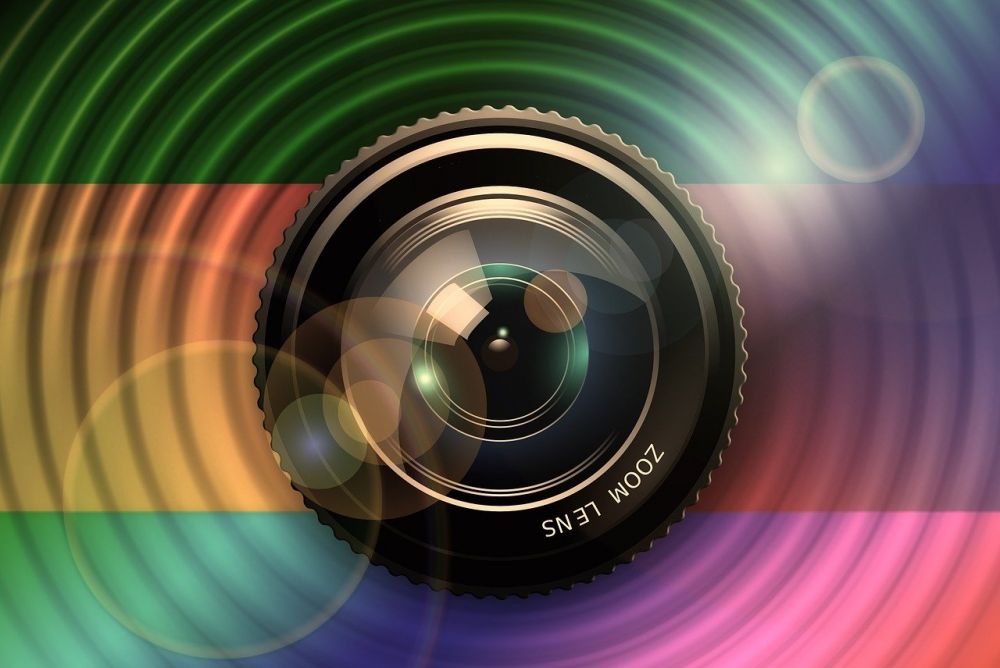Film Speed: A Comprehensive Guide to Understanding and Appreciating it

Introduction
Film speed is a fundamental concept in photography that determines the sensitivity of a film to light. It affects the exposure of an image and plays a crucial role in capturing the desired aesthetic and mood. Whether you are an aspiring photographer or a film enthusiast, understanding film speed is essential to achieving the desired results. In this article, we will explore the history, significance, and impact of film speed in photography.
I. Understanding Film Speed

Film speed, also known as ISO, refers to the film’s sensitivity to light. It determines the amount of light required to create a well-exposed image. The ISO rating of a film indicates its sensitivity level, and the higher the ISO, the more sensitive the film is to light. This sensitivity allows photographers to shoot in low-light conditions or with faster shutter speeds.
Key Points:
– Film speed, or ISO, determines a film’s sensitivity to light.
– Higher ISO allows shooting in low-light conditions or with faster shutter speeds.
II. Historical Development of Film Speed
The concept of film speed has evolved over the years, with advancements in technology and the needs of photographers. In the early days of photography, films had low sensitivities, requiring long exposures and well-lit environments to capture images. These films had ratings as low as ISO 6 or ISO 12.
1. Early Years: Slow-Speed Films
As photography gained popularity, film manufacturers started developing films with higher sensitivities. In the 1930s, Kodak introduced Tri-X, a film with a speed rating of ISO 200, which was considered fast at that time. With Tri-X, photographers could shoot in lower light conditions, capturing a wider range of scenes.
2. Mid-20th Century: The Era of Black and White Films
During the mid-20th century, black and white films dominated the industry. The introduction of films like Kodak T-MAX and Ilford Delta brought higher sensitivity options, with ISO ratings ranging from 400 to 3200. These films were ideal for low-light photography and emphasized contrast and grain.
3. Modern Era: The Shift to Color Films
The arrival of color films marked a new era in film photography. Films like Kodak Portra and Fujifilm Pro 400H offered enhanced color reproduction and flexibility. ISO ratings ranging from 100 to 800 catered to various lighting conditions and provided photographers with greater creative freedom.
Key Points:
– Early films had low sensitivities, requiring well-lit environments.
– Kodak Tri-X introduced higher sensitivities, enabling low-light photography.
– Black and white films like Kodak T-MAX and Ilford Delta emphasized contrast and grain.
– Color films like Kodak Portra and Fujifilm Pro 400H brought enhanced color reproduction.
III. The Impact of Film Speed on Photography
Understanding film speed allows photographers to control the exposure, grain, and overall aesthetics of their images. The choice of film speed depends on the desired effect and shooting conditions.
1. Exposure Control and Lighting Conditions
Film speed greatly influences exposure. Lower ISO films, such as ISO 100, require ample light to create a well-exposed image. These films produce fine-grained results and are ideal for shooting in bright, well-lit environments. On the other hand, higher ISO films, such as ISO 800 or higher, are more suitable for low-light conditions or when you want to capture fast-moving subjects.
2. Grain and Image Quality
Film speed also affects the grain or visible texture in an image. Lower ISO films produce finer grain, resulting in smoother and more detailed images. Higher ISO films introduce more noticeable grain, which can add a gritty or vintage look to the final photograph. The amount of grain desired depends on the artistic vision of the photographer.
3. Creative Control
Film speed empowers photographers to achieve specific artistic effects. For example, shooting with high-speed film in low-light situations can create moody, atmospheric images. Similarly, shooting with low-speed film in bright daylight can result in crisp, well-defined photographs. The choice of film speed depends on the photographer’s creative intent and the emotions they want to evoke.
Key Points:
– Film speed influences exposure and lighting conditions.
– Lower ISO films require more light, while higher ISO films are suitable for low-light conditions.
– Lower ISO films produce finer grain, while higher ISO films introduce more noticeable grain.
– Film speed allows creative control and the achievement of specific stylistic effects.
Conclusion
Film speed is a vital aspect of photography that enables photographers to control exposure, grain, and creative aesthetics. By understanding the significance of film speed, photographers can create captivating images in various lighting conditions and achieve their desired artistic vision. Whether you prefer slow-speed films for their fine-grained results or high-speed films for their flexibility, film speed plays a pivotal role in capturing the perfect photograph. Embrace the possibilities film speed offers and explore the world of photography with a newfound appreciation.





